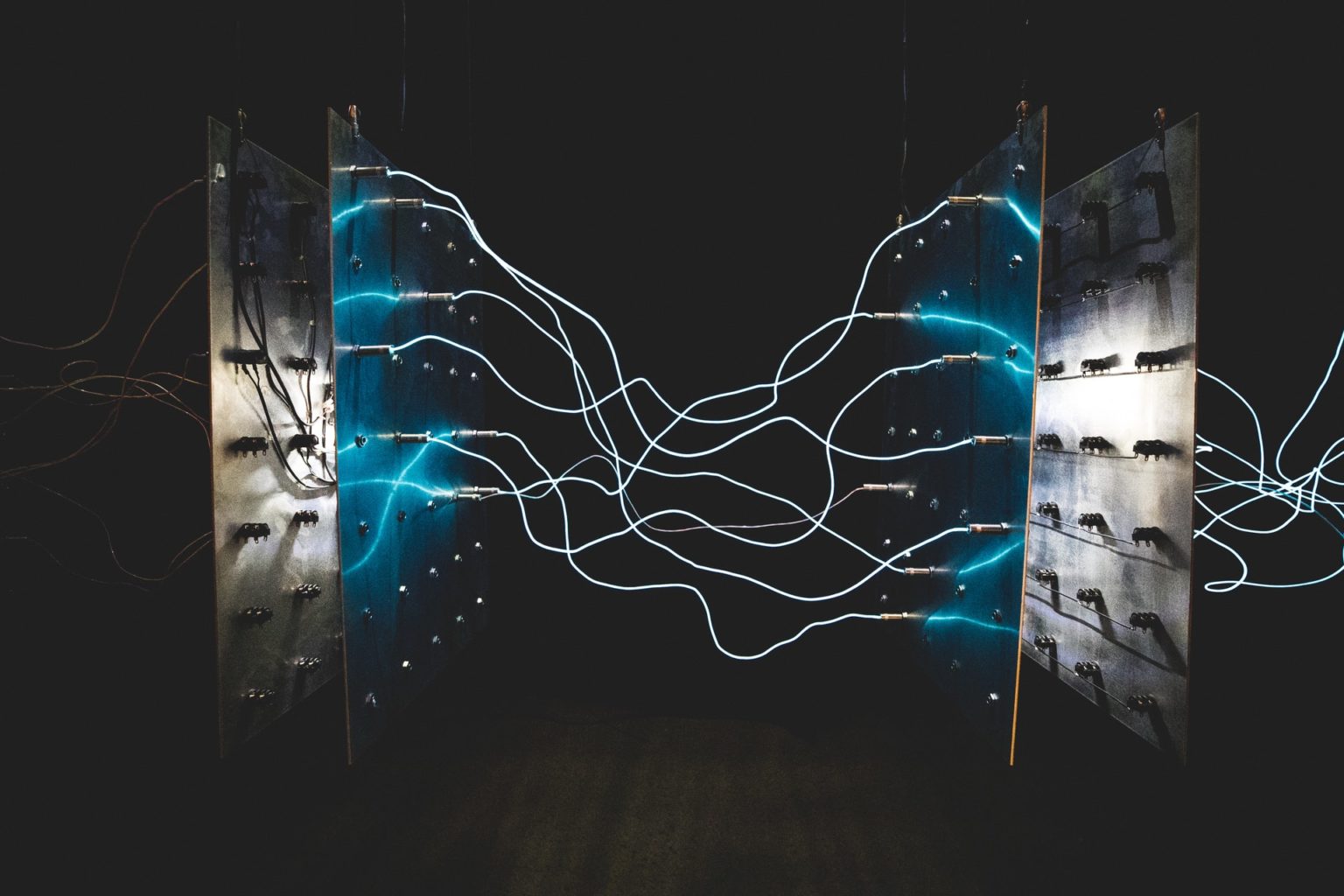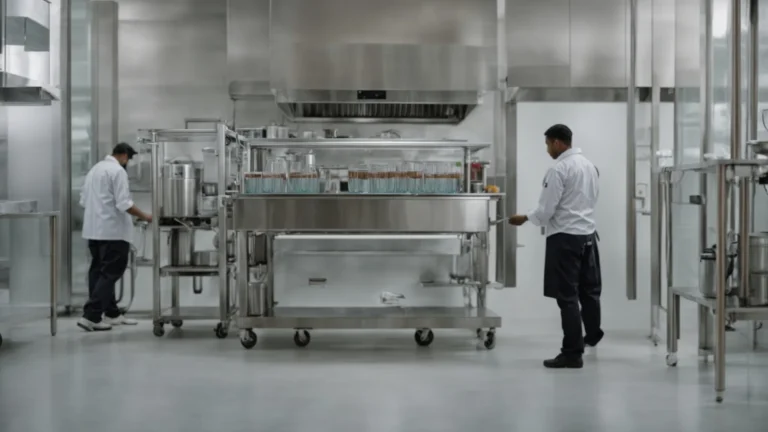Reactors and other electrical components are critical for the proper function of a substation. However, while a reactor is an important asset for any given substation, it’s important to understand how different reactors function as well as their utilities.
Between line reactors, shunt reactors, and transmission lines, it’s clear that different electrical distribution systems and power systems have diverse needs that require specific components to properly address. To understand more about reactive power and how it can impact a given power factor, here’s what you need to know.
What is a reactor?
In short, a substation reactor is essentially a coil that has several turns and fairly high resistance values. Electrical reactors are typically used on a transmission line when it’s necessary to limit currents that could damage a power transformer or other power system. This type of current-limiting reactor often relies on inductive reactance. The additional inductance and reactance are then added to the series which is key to the function of an electrical reactor or series reactor.
Luckily, it’s easier to determine faults in a series reactor since it doesn’t require you to shut down your transformers or generators in the event of a short circuit or other electrical problem. It’s simpler to spot the fault current in your reactor and asses a neutral point for an inductor without having to dismantle an entire power system. This level of reliability makes reactors critical components of many substation electrical systems.
How are reactors used in substations?
Typically, a reactor is applied in two key ways when it’s used in a substation. First, there are common scenarios where a given substation is more lightly loaded. If the substation is lightly loaded but is still at the end of several high-voltage lines, you may wind up with unnecessarily high voltage which can negatively impact the current flow. By using a shunt reactor, you can reappropriate the produced power and then bring down the voltage levels so they remain at tolerable levels which won’t disturb the overall system functionality.
In the second scenario, some substations rely on solid or stiff systems where generated fault currents can overrun circuit breakers and capacitor banks. In this case, a series reactor provides the most reliable as it can offer additional inductive reactance that decreases the fault current to the point that the substation’s circuit breakers can effectively handle it. Without this reactor present, the circuit breakers and other cables could be damaged.
Electrical reactors are also commonly used to lessen circuit flows and restrict them so the flows don’t overshoot the capacity of your circuit breakers. This is useful for saving both time and money as you don’t need to continually replace or repair circuit breakers and cables as long as you have the appropriate line reactor and an electrical switch. However, without a line reactor, you’re liable to spend much more money.
How do you find a reliable manufacturer?
If you’re in an electricity-heavy industry that relies on transformers, magnetic fields, substations, and reactors, it’s important to look for reliability when you’re purchasing components. A good start is to find manufacturers that are IEEE certified. The IEEE is the world’s largest technical professional organization and has high standards for all members. The IEEE is also a not-for-profit organization that is dedicated to ongoing education and the advancement of numerous technical professions. Finding a certified manufacturer is one of the best ways to ensure that you’re purchasing components and materials that are of the highest possible quality.
The value of a reactor in a substation goes beyond both time and money. It can prevent technical complications and streamline operations, too. To keep all your power systems operating within the correct capacity, make sure you’re using top-tier components in your setups.
Frequently Asked Questions (FAQs)
- What is a reactor in a substation?
A reactor in a substation is a coil with multiple turns and high resistance. It controls current flow and voltage levels within the substation’s electrical system. - What are the two main types of reactors used in substations?
Shunt reactors: Reduce high voltage on lightly loaded substations by absorbing reactive power. Series reactors: Limit fault currents in substations with high fault current capacities, protecting equipment. - How do reactors benefit substations?
Reactors regulate voltage levels, limit fault currents, and improve overall system stability and efficiency. - How do line reactors work in substations?
Line reactors are a type of series reactor that limit surges in current flow, protecting circuit breakers and cables. - How can I find a reliable manufacturer for substation reactors?
Look for manufacturers certified by the Institute of Electrical and Electronics Engineers (IEEE) for high-quality components. - What are the consequences of not using reactors in substations?
Without reactors, there’s a risk of damage to equipment from high voltage or excessive fault currents. It can also reduce system stability and increase power outages. - How does a reactor differ from a nuclear reactor?
A substation reactor is an electrical component, while a nuclear reactor uses nuclear fission to generate electricity. - How is electricity generated in a nuclear reactor (for users who might be confused)?
Nuclear reactors split atoms (fission) releasing heat. This heat boils water to create steam, which drives turbines that generate electricity. (Note: This is a simplified explanation for those unfamiliar with nuclear reactors.) - What are some advantages and disadvantages of using nuclear reactors for electricity generation?
While not directly related to substation reactors, this FAQ caters to user interest in nuclear power and provides a starting point for further exploration. - What are the future trends in substation technology?
This FAQ allows you to discuss advancements in substation design, components, and control systems, keeping your content current and engaging a wider audience.





